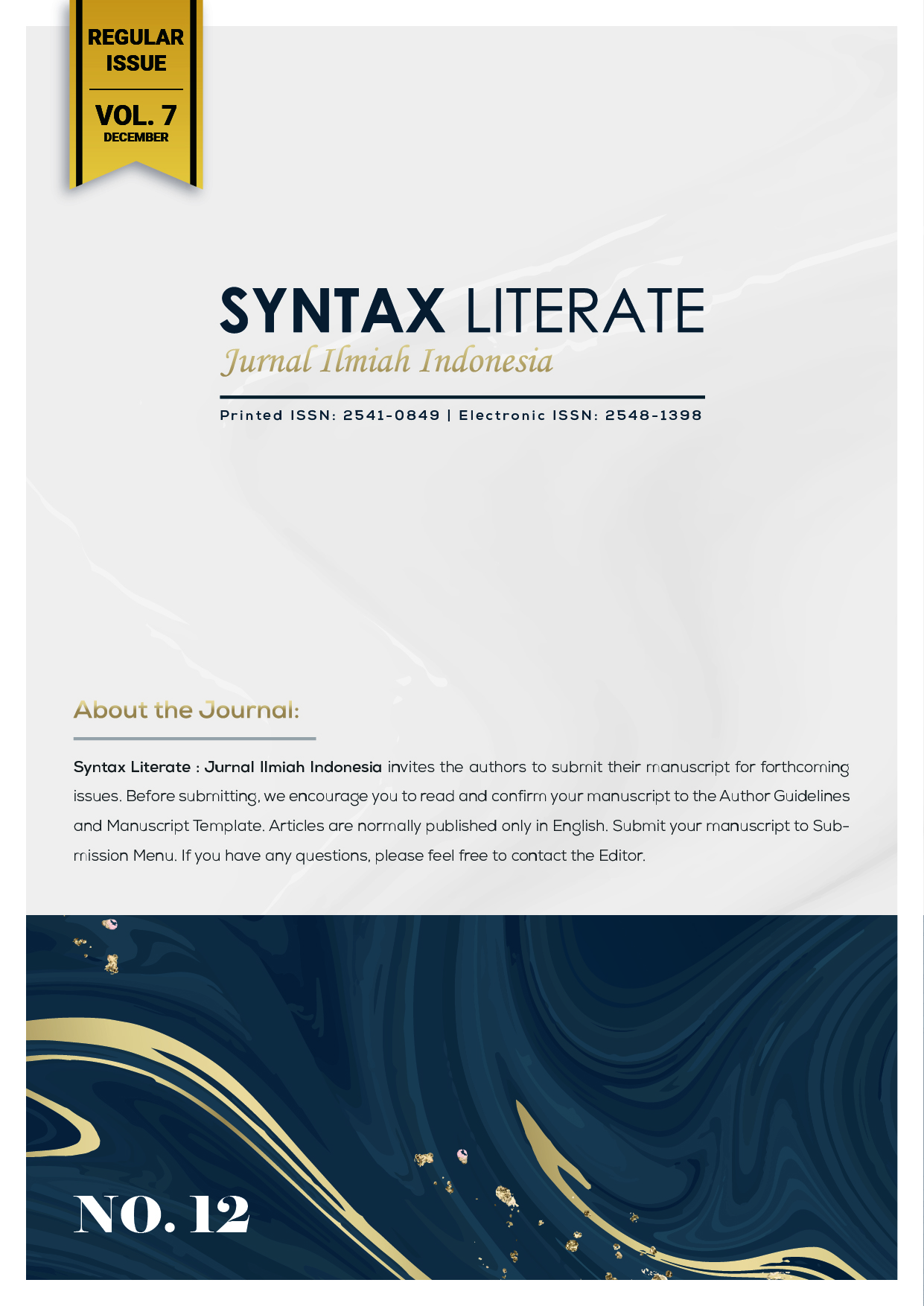The Capacity of Leaders in Interpreting and Implementing Human Resource Policies From The Central Level
Abstract
This study aims to uncover and analyze the values of the personal dimensions of employees of Askrindo East Jakarta Branch are related to self-development in improving its performance. The research method used is qualitative analysis with an ethnographic approach. The problem to be answered is obtained through observation and in-depth interviews with participants or research informants consisting of leaders and employees of PT. Askrindo East Jakarta Branch which is directly related to the research subject so that conclusions can be drawn following the actual conditions. The study found that there was a very high tendency towards the characteristics of result orientation in the culture of PT. Askrindo. The result orientation refers to a very high tolerance caused by the family culture brought by the organization from the beginning of the company's establishment. The basic assumption of PT. Askrindo East Jakarta Branch is the basic assumption of maturity, which is identical to groupism according to Schein's model. This assumption makes PT. Askrindo East Jakarta Branch became comfortable and reluctant to carry out cultural development beyond what had been outlined by PT. Askrindo is the central company.
Downloads
References
Byrne, J., Dwyer, T., & Doyle, D. (2018). Understanding the layers of a market-oriented organisational culture. The Irish Journal of Management, 37(1), 16–30. https://doi.org/10.2478/ijm-2018-0002.
Howard, L. W. (1998). Validating the competing values model as a representation of organizational cultures. The International Journal of Organizational Analysis, 6(3), 231–250. https://doi.org/10.1108/eb028886.
Kasper, H. (2002). Culture and leadership in marketâ€oriented service organisations. European Journal of Marketing.
Kibbe, M. R. (2019). Leadership theories and styles. In Leadership in Surgery (pp. 27–36). Springer.
Kotter, J. P. (2008). Corporate culture and performance. Simon and Schuster.
Lunenburg, F. C. (2011). Understanding organizational culture: A key leadership asset. National Forum of Educational Administration and Supervision Journal, 29(4), 1–12.
Ogbonna, E., & Harris, L. C. (2000). Leadership style, organizational culture and performance: empirical evidence from UK companies. International Journal of Human Resource Management, 11(4), 766–788. https://doi.org/10.1080/09585190050075114.
Pfeffer, J., & Salancik, G. R. (2003). The external control of organizations: A resource dependence perspective. Stanford University Press.
Schein, E. (1992). Organisational Culture and Leadership 2nd edition Jossey-Bass. San Francisco, CA.
Schein, E. (2004). Organizational culture and leadership, 3rd edn. Joddry-Bass. John Wiley & Sons.
Schein, E. H. (2010). Organizational culture and leadership (Vol. 2). John Wiley & Sons.
Schneider, B., Brief, A. P., & Guzzo, R. A. (1996). Creating a climate and culture for sustainable organizational change. Organizational Dynamics, 24(4), 7–19. https://doi.org/10.1016/S0090-2616(96)90010-8.
Su’ud, M. H., & Joesoef, B. T. (2007). Manajemen sumber daya manusia dalam agribisnis. Yayasan PeNA.
Sugiyono. (2018). Metode Penelitian kuantitatif, Kualitatif, dan R&D. Alfabeta.
Tahiraj, I., & Krek, J. (2022). Organisational culture in public university: a case study in Kosovo. CEPS Journal, 12(3), 127–147. https://doi.org/10.25656/01:25503.
Copyright (c) 2023 Happy Chriesnita Sari Guna, Jajang Gunawijaya

This work is licensed under a Creative Commons Attribution-ShareAlike 4.0 International License.











